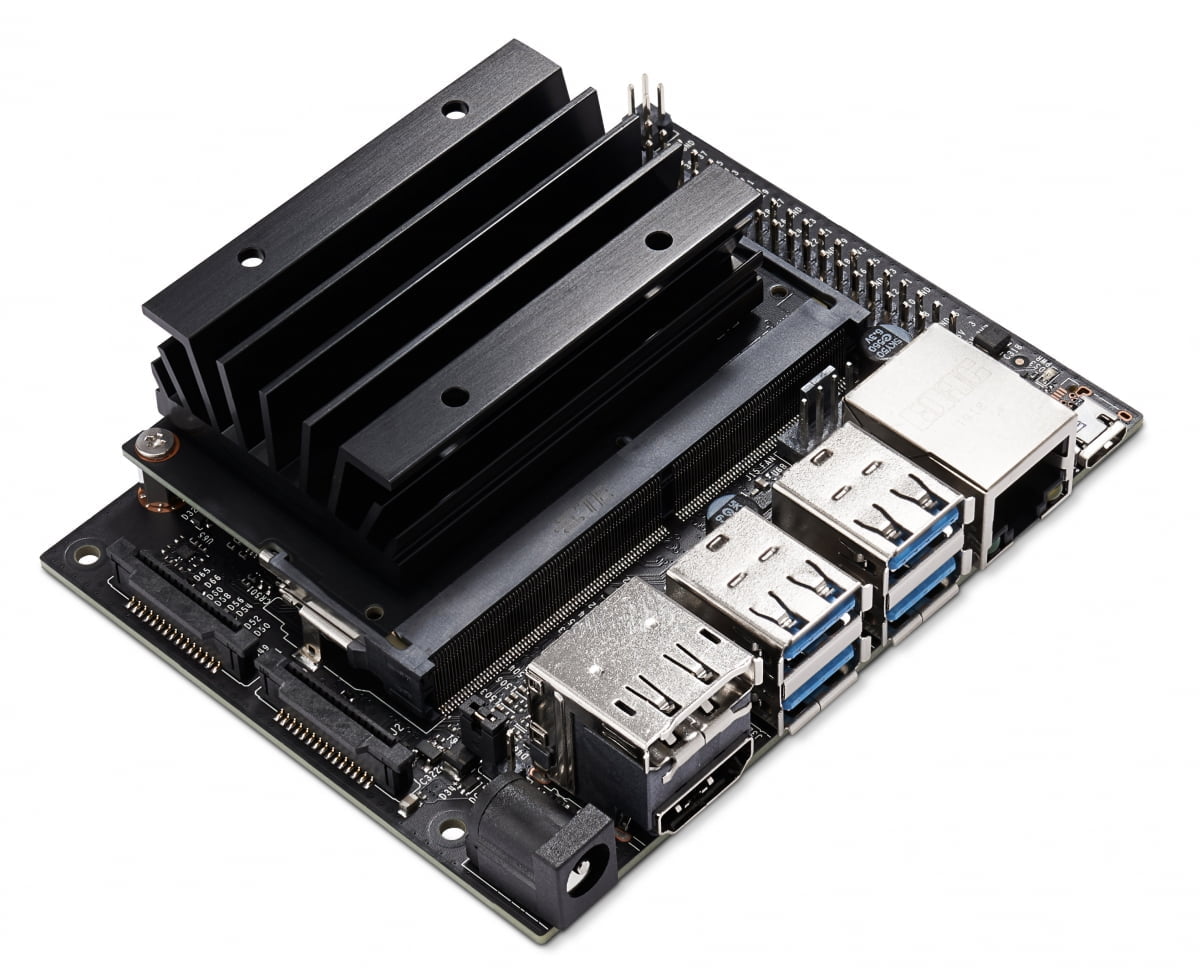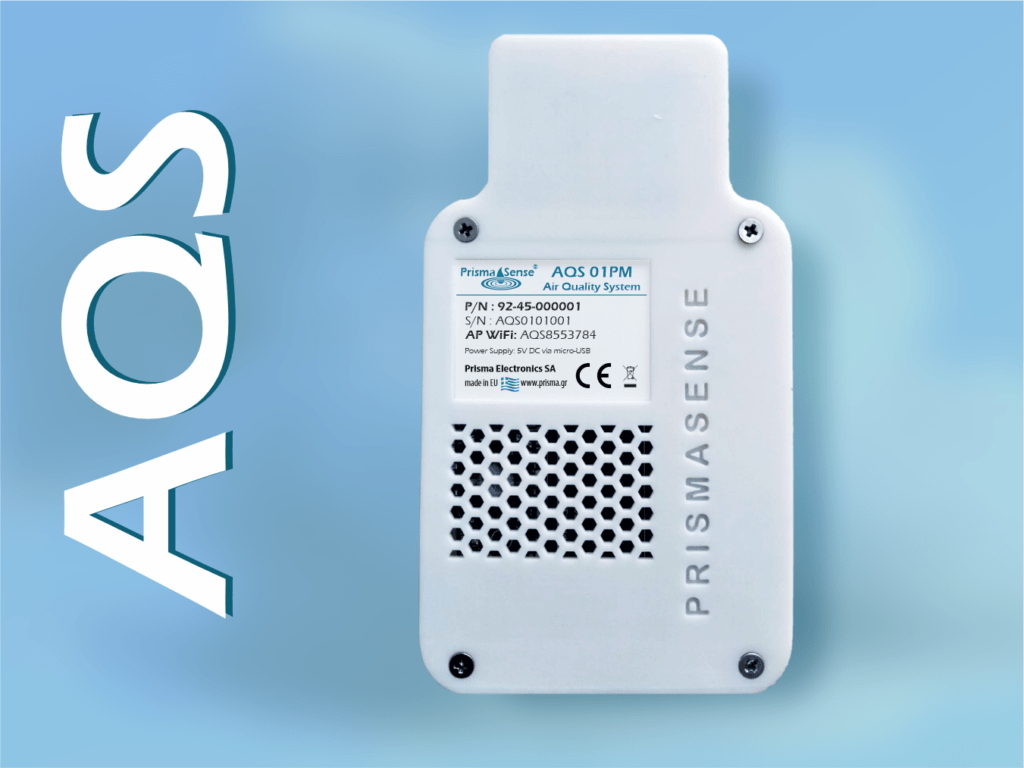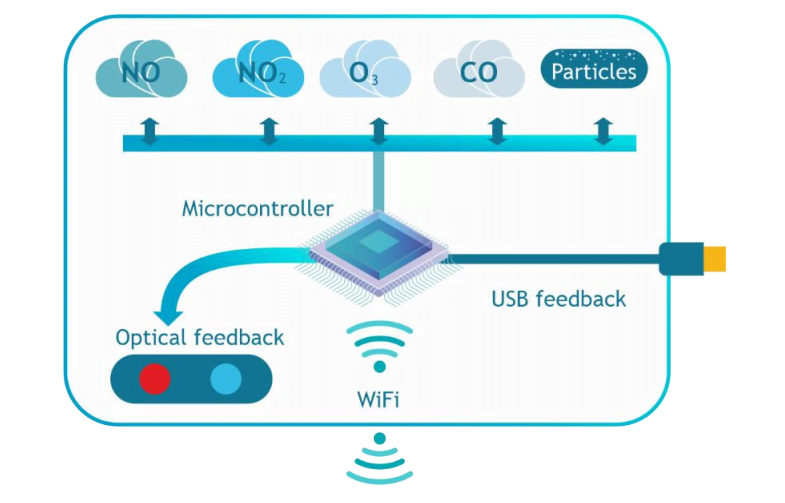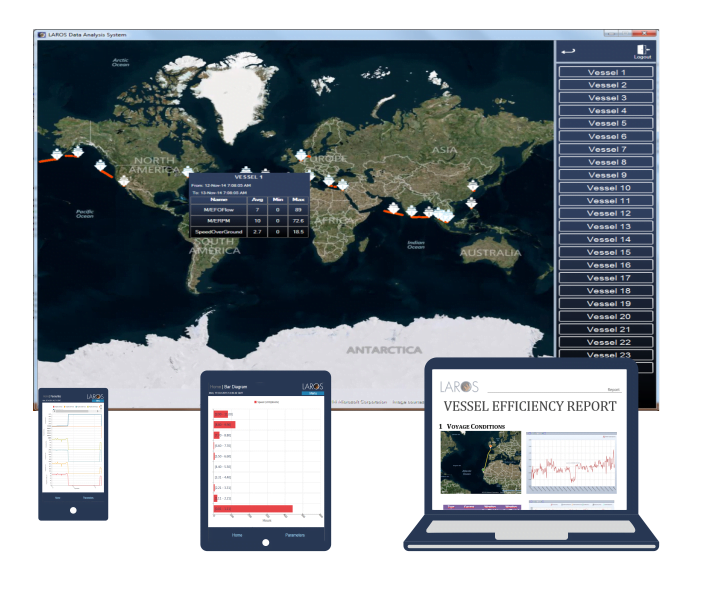PNOE
Air quality monitoring and forecasting using satellite and and low-cost sensors deriving data


PNOE PROJECT
The project PNOE improves the current capabilities of air quality monitoring and forecasting models as it uses satellite data of the atmospheric composition coupled with dispersion modelling systems to provide air quality forecasts of high temporal and spatial resolution
Air quality data from autonomous low-cost sensors are further improve the simulated dispersion as they provide point measurements that allow the better representation of the microclimate of each area.
The general goal is the creation of a unified platform that will provide reliable, timely and personalized information about the air quality in order to serve the needs of each user.
PNOE
is an air quality monitoring and forecasting device, which involves multiple sensors for different pollutant detection.
Air pollution measurements from official ground measuring stations
Air Pollution Simulations by the European Atmospheric Monitoring Agency CAMS (Copernicus) by assimilating satellite data
Measurements of air pollutants from low cost sensors (IoT sensor network)
Air pollution forecasts with the photochemical model of air quality WRF-chem
Supporting Subheading
What can you do with PNOE?
Understand the effects of air pollution on your health
To be informed about the levels of air pollution in your area
Receive specific warnings according to your activities in order to safeguard your health
Monitor air quality with your own sensor
Smart Collectors
The development of the PNOE IoT Platform was based on Prisma
Electronics’ PrismaSense™ system, which was redesigned to measure the
concentration of 6 atmospheric pollutants: carbon monoxide (CO), nitrogen
dioxide (NO2), ozone (O3), nitric oxide (ΝΟ) and particles with a diameter
2.5μm (PM2.5) and 10μm (PM10).
Τhe data received from the autonomous sensors are collected by a
microcontroller, which after processing sends them wirelessly to a central
server ( ). The module is an ultra-low power, mixed signal microcontroller
with a dual core 32-bit RISC CPU running at 160Mhz to 240Mhz and
incorporating a 512KB RAM memory. Figure 3 depicts the two sides of the
board. The system can be powered by either battery or USB. The battery
can also be charged via USB.

Easy access from any device
-
Android
-
iOS
-
Windows
-
Linux
- Android
- iOS
- Windows
- Linux


Software Application
An Application Programming Interface (API) was developed on the air quality platform for receiving datasets from the Smart Collectors, storing
them in a database and sending them to a web and mobile application.
The collected information is displayed in near real time and in high spatial
and temporal resolution. Simplified air quality indices are provided to
citizens along with personalized recommendations on how they can protect their health from air pollution. It is expected that the collected data will also enable the identification of air pollution trends that may lead to policy changes and, in longer term, to behavioral change.
PNOE
SPECS
Processor
Dual Core Xtensa 32-bit LX6 / 160 Mhz to 240Mhz
Memory RAM
512 KB
Primary Wireless Communication
WiFi 802.11 b/g/n
Secondary Wireless Communication
BLE
Sensor communication
3x UART, 1x I2C
Microprocessor supply voltage
3V to 3.6V (typical 3.3v)
Power supply voltage
4.1V to 6.6V (USB supply)
Programming and debugging interface
4V to 5.25V (USB bus powered)
Temperature range
-40°C to 85°C
Support Plan
Basic
- 10 calls
- Free hosting
- 1024 MB of storage space
- 1024 MB Bandwidth
- No support
Pro
- 10 calls
- Free hosting
- 10 GB of storage space
- Unlimited Bandwidth
- Support 24/7


